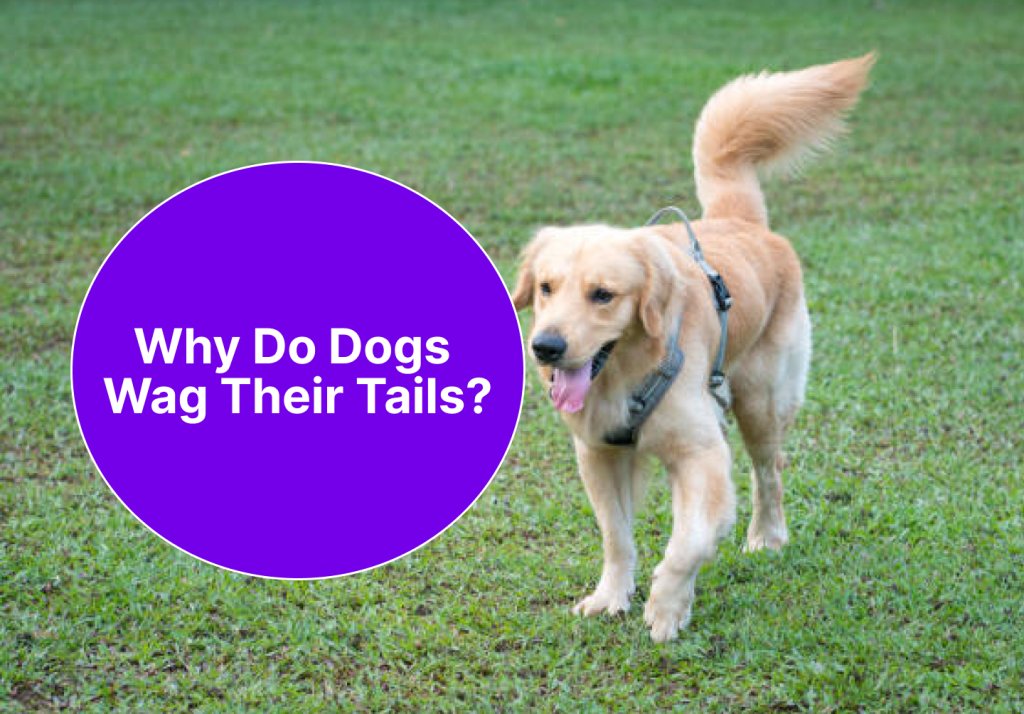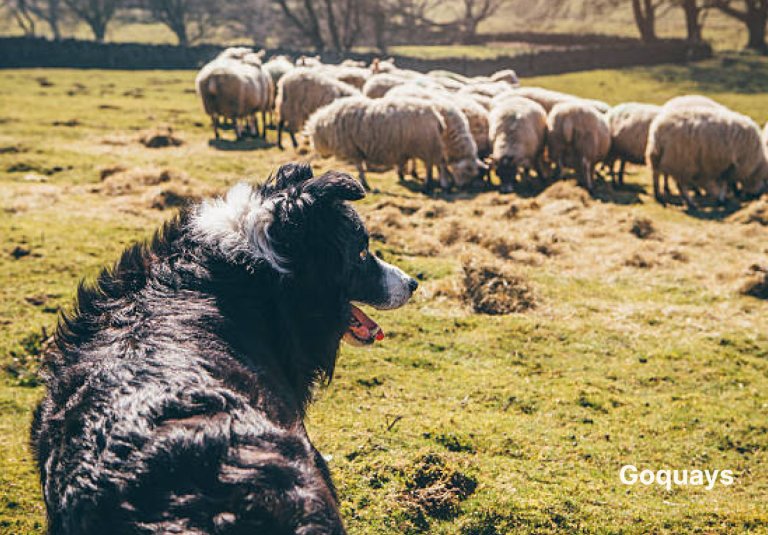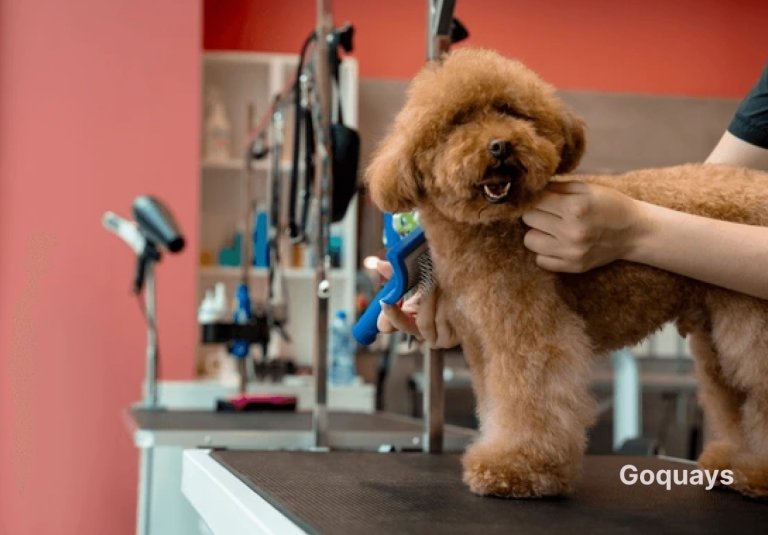If you’ve ever wondered, “Why do dogs wag their tails?” you’re not alone. This is one of the most asked questions by dog owners around the world.
At first glance, a wagging tail may seem simple. But it reveals a lot about your dog’s feelings and mood. Your dog’s tail works like a built-in communication device. It speaks for them when they can’t use words.
Many people believe that tail wagging always means a dog is happy. That’s a common assumption, but it isn’t always true. Dogs also wag their tails when they feel nervous, excited, or even anxious. The movement and position of the tail can express a wide range of emotions.
In 2023, a study by the University of Bari in Italy found that tail position and direction influence how dogs interact socially. Dogs wagging more to the right showed positive reactions. Those wagging left were more anxious or reserved. This shows how subtle and powerful tail communication really is.
When you learn to read your dog’s tail, you understand them better. You notice when they feel calm, playful, or uneasy. This awareness can strengthen your bond and help you avoid confusion or conflict.
Your dog is always trying to talk to you and their tail is one of their clearest voices.
What is Tail Wagging?
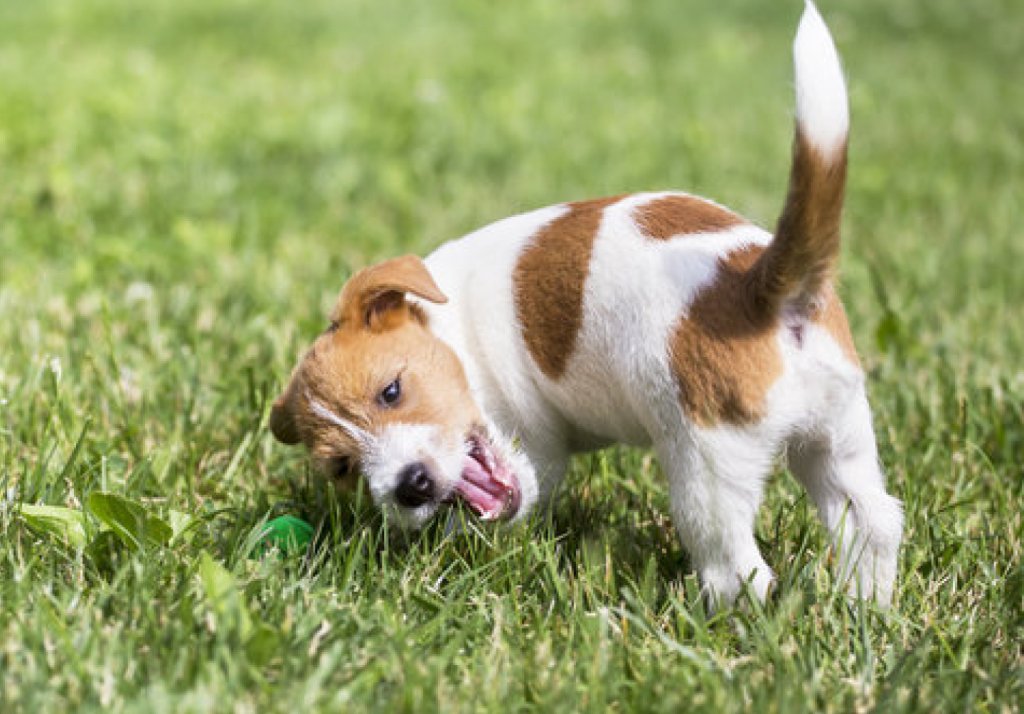
Tail wagging is one of the clearest ways your dog shows emotion. It’s not random. It’s deeply tied to how they feel.
Researchers from the University of Trento in Italy found that tail movement links directly to emotional processing in a dog’s brain. In fact, tail reactions often happen before your dog fully understands what they’re feeling. Their tail acts before their brain finishes processing the moment.
You’ll notice joyful wagging when you come home. That’s happiness. But if their tail moves slowly and stays low near new dogs, it may show nervousness or caution.
Here are a few common tail-wagging signals and what they usually mean:
- Fast wagging with a relaxed body: Your dog feels happy and playful
- Stiff wagging with wide eyes: They’re alert or unsure about their environment
- Slow wagging held low: A sign your dog feels insecure or nervous
- High tail held stiff while wagging: This could mean they feel dominant or even slightly aggressive
Dogs speak through their whole bodies. So don’t just watch the tail. Notice the ears, posture, and eye contact as well. A soft gaze and wiggly back end often mean your dog is comfortable. Tight muscles or frozen posture suggest the opposite.
As veterinarian Dr. Sophia Yin once said, “Reading body language gives you a window into your dog’s mind.” Once you understand what the tail is saying, you’ll respond better to your dog’s needs. You’ll avoid unwanted behaviour and build a stronger connection.
Learning this language doesn’t just help your dog feel safer. It makes you a more confident and caring owner.
Does Tail Wagging Mean a Dog Is Friendly?
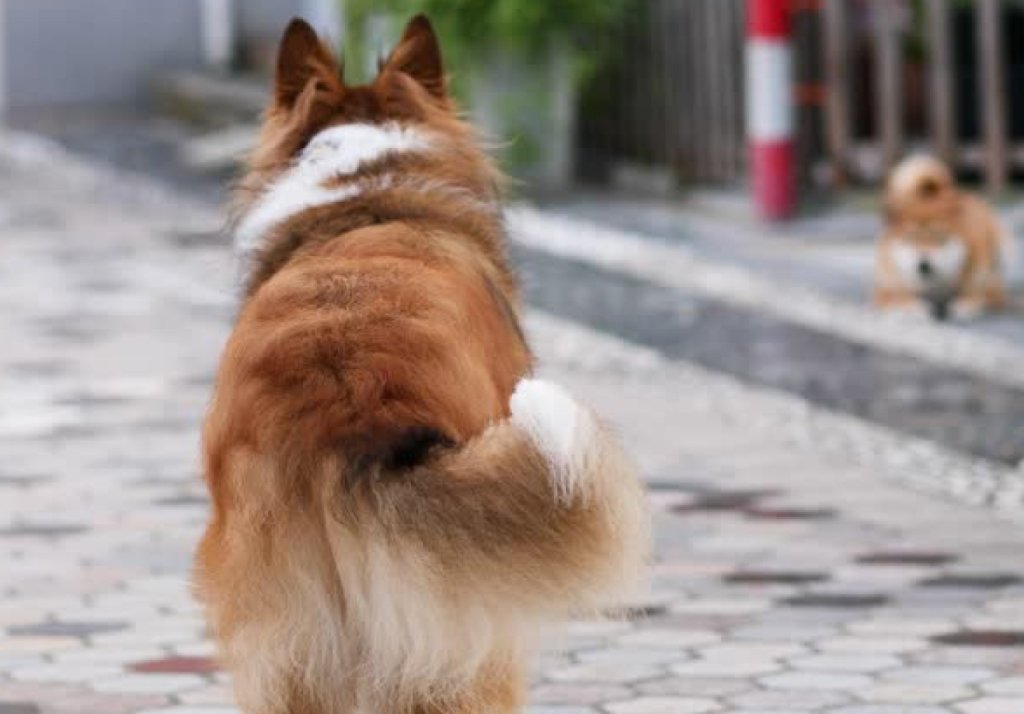
You’ve probably heard people say, “That dog’s tail is wagging, so it must be friendly.” But that’s not always true.
Tail wagging can mean many things depending on the situation. Some dogs wag when they feel nervous, anxious, or unsure. Others wag when they’re trying to decide whether to approach or back away. The key is not the wag itself but how the tail moves and what the rest of the body says.
If a dog holds its tail high and moves it slowly or stiffly, that’s not a welcome sign. That often signals alertness, tension, or dominance. At that moment, the dog may feel protective or uncomfortable. On the other hand, a soft, side-to-side wag with a wiggly body shows ease and excitement.
Always look at more than just the tail. To know if a dog is friendly, check:
- Body posture – relaxed or stiff?
- Facial expression – soft eyes or intense stare?
- Ear position – forward, sideways, or pinned back?
- Tail height and speed – low and loose or high and stiff?
As behaviourist Patricia McConnell once said, “Friendly dogs wag with their whole body, not just the tail.” You need to read the whole picture. A tail wag can be part of a happy greeting or a warning sign. Without reading the context, you might misread what a dog is trying to say.
Knowing how to interpret these signals keeps you and others safe. It also helps your dog feel respected and understood. So next time you see a wagging tail, pause and take a closer look.
Why Tail Position Matters
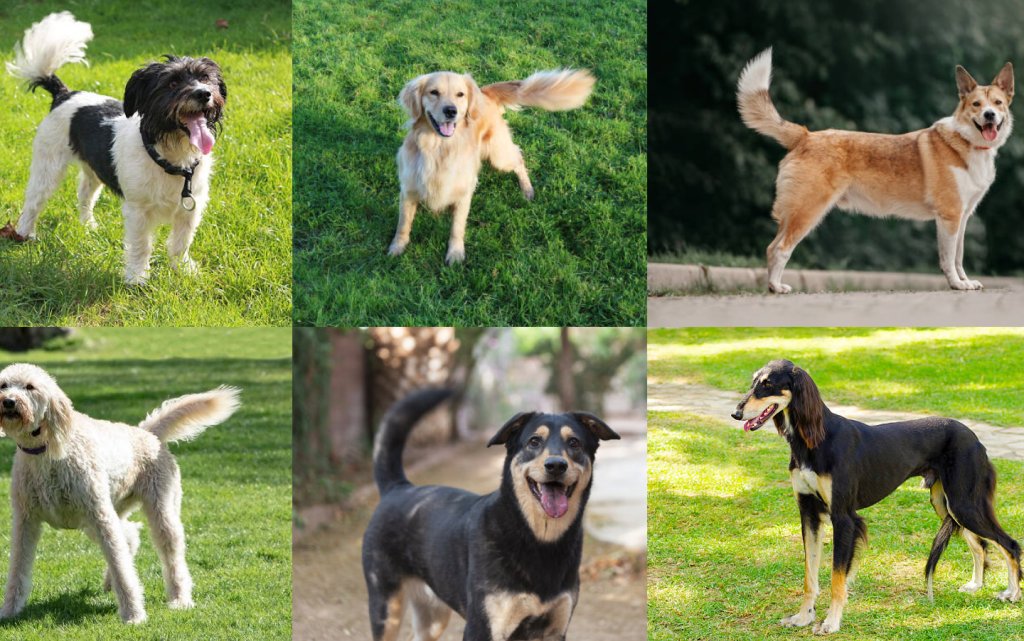
Tail position gives you clear clues about how your dog feels. It’s not just about wagging speed or direction. The way your dog holds its tail shows mood and intention. Each dog has a natural tail posture that depends on its breed and anatomy.
For example, a Shih Tzu typically holds its tail curled over its back. A Greyhound carries its tail low, even when relaxed. These breed differences matter. You need to know what’s normal for your own dog before judging any sudden changes.
If your dog usually carries its tail high but suddenly drops it, something might be wrong. A shift in tail height often signals a shift in emotion. When the tail goes up or down without a clear reason, your dog may be alert, nervous, or feeling unsure.
Here are common tail positions and what they often mean:
- Tail held high: Confidence, excitement, or possible aggression
- Tail level with back: Calm and content
- Tail tucked low or between legs: Fear, anxiety, or submission
- Tail straight out: Curiosity or hesitation
Always observe the full body, not just the tail. Look at ears, eyes, and posture to get the full picture. According to canine behaviourists, dogs communicate more through body language than vocal cues. Tail position plays a key role in that system.
It’s also important to trust your instincts. You know your dog better than anyone. If something feels off, it probably is. Tail position may look small, but it’s a big part of how dogs express their inner world.
Understanding tail posture helps you respond with empathy, caution, or praise, depending on what your dog is telling you.
Is Tail Wagging Automatic or Learned?
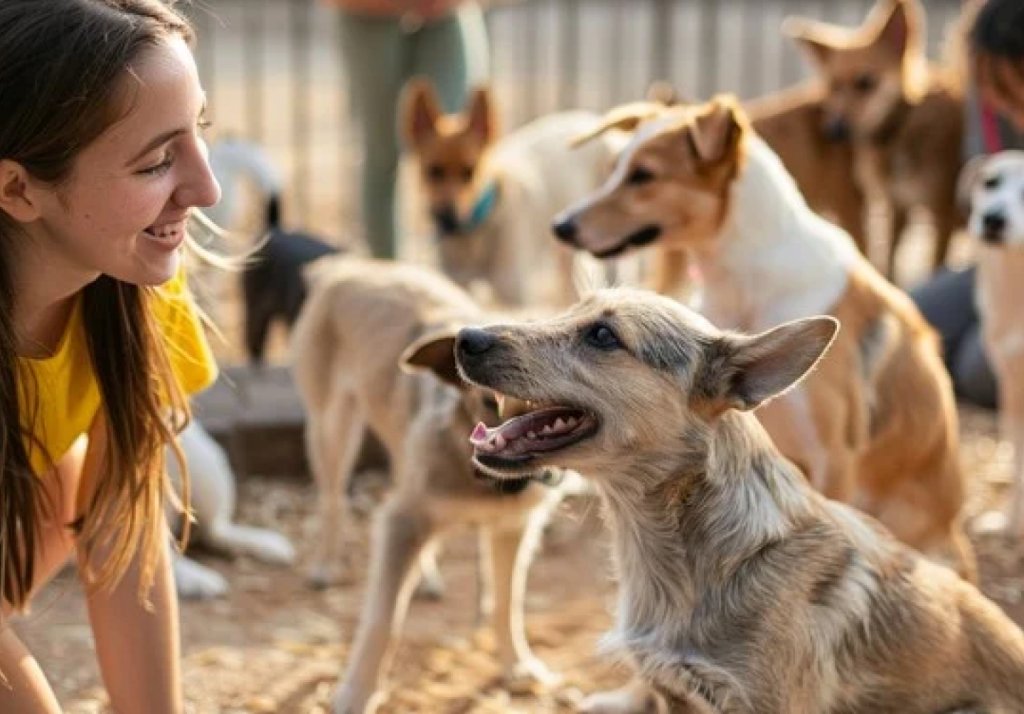
Have you ever wondered whether tail wagging is something dogs are born with or something they learn? The answer is both.
Puppies usually start wagging their tails between three and four weeks old. At this stage, tail movement begins as a natural response. They use it when interacting with their mother and littermates. This early wagging shows basic emotional reactions and social bonding.
As your dog grows, tail wagging becomes more refined and meaningful. They start to link tail movement with emotional responses and communication. For example, if your dog wags when you come home and you pet them, they remember that. Over time, they learn that tail wagging gets attention, affection, or treats.
Research shows that dogs adjust their wagging based on experience. A 2013 study published in Current Biology found that dogs wag more to the right when they feel positive emotions. They wag more to the left when they feel anxious. This shows that tail wagging is linked to the brain and can reflect emotional learning.
In other words, wagging isn’t just a reflex. It’s part of your dog’s social skills and emotional intelligence. Dogs use their tails to connect with humans and other animals.
Breed and personality also shape how a dog wags. Some breeds have tails that naturally curl or are very short. Others wag wildly at the smallest sign of joy. A calm dog may wag only in relaxed moments, while a high-energy dog wags often and quickly.
So tail wagging is both automatic and shaped by life. It starts early but grows with time, love, and interaction. By paying attention, you can learn a lot about your dog’s emotions and deepen your bond every day.
What If My Dog Doesn’t Wag Its Tail?

Not all dogs wag their tails often, and that doesn’t always mean something is wrong. You might simply have a calm or shy dog. Some breeds or personalities don’t show excitement through wagging. Instead, they may show joy by following you quietly, leaning in for cuddles, or wagging only during very special moments.
Still, it’s important to pay attention if your dog suddenly stops wagging. A change in tail movement can signal discomfort, stress, or even injury. Sudden stiffness or limpness in the tail may indicate pain. One common issue is “limber tail syndrome,” which can cause your dog’s tail to hang low or appear paralyzed. It often happens after intense play, swimming, or cold weather exposure.
Watch out for signs like:
- A limp or droopy tail that wasn’t like that before
- Stiffness or tight tail held close to the body
- Whining or flinching when the tail is touched
- Lack of movement or wagging during moments of excitement
If you notice these signs, don’t ignore them. Sudden changes in tail behaviour should always be taken seriously. Your dog might be uncomfortable or in pain and unable to express it clearly.
The best step is to visit your vet. A quick check-up can rule out injuries or medical issues. Early treatment can prevent more serious problems. Always choose caution over waiting. Your dog depends on you to notice changes and act quickly.
Even if there’s no medical issue, your vet might offer insights about your dog’s mood or behaviour. So if your happy pup stops wagging, take notice. A still tail can speak volumes when you’re listening closely.
Final Thoughts
Dogs can’t speak with words, but their tails say a lot. When you learn to understand tail wagging, you speak their language. That simple back-and-forth motion often reflects joy, stress, excitement, or curiosity. You’ll spot the difference between a happy tail and one that signals fear when you know what to look for.
When you respond to these signals correctly, you build trust. Your dog feels heard, and you become a better companion. Whether you’re meeting a new pup at the park or watching your own dog greet you at the door, the tail tells a story.
Tail wagging is also key in safety. Misreading it can lead to misunderstandings or even bites. But when you understand the signals along with body language and context, you keep everyone safer.
So next time your dog wags that tail, take a closer look. Is it fast or slow? High or low? Stiff or relaxed? The answers help you connect, comfort, and care in the best way possible.
Remember, your dog speaks with their whole body. But the tail often speaks first.

